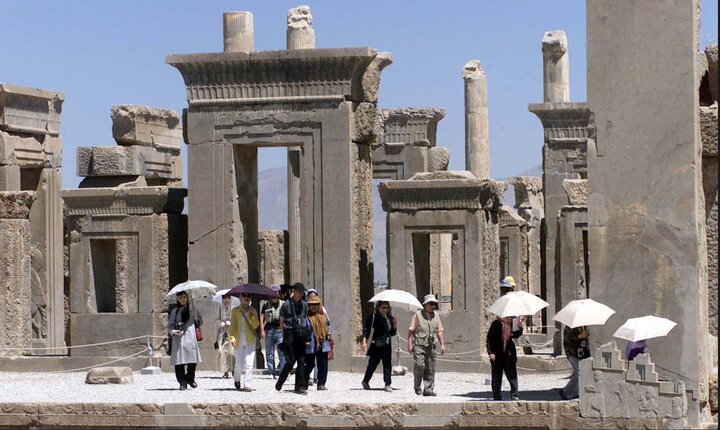A journey beyond the misconceptions

TEHRAN - For those who dare to look beyond the headlines, Iran unveils a spectacular array of treasures. From the ancient ruins of Persepolis, once the ceremonial capital of the Achaemenid Empire, to the winding alleyways and wind towers of Yazd, a UNESCO-listed desert city, the country is a living museum.
Here, Tehran, Shiraz, Isfahan, and countless lesser-known towns offer an endless blend of history, architecture, and above all, human warmth that rivals -- and in many ways surpasses -- more conventional tourist hotspots.
Long shrouded in controversy and subject to a persistent wave of Iranophobia, an anti-Iran campaign largely driven by Western narratives, the ancient land is now making another effort to reintroduce itself to the world through a new lens. And that lens, surprisingly, includes another political dialogue aimed at solving decades-old misconceptions with the West.
A recent interview between American journalist Tucker Carlson and Iranian President Masoud Pezeshkian did more than make headlines. It also served as a cultural bridge, rather than merely a political discussion about the U.S. and its close ally, Israel, offering a rare window into the heart of a misunderstood nation.
For global audiences accustomed to viewing Iran solely through the prism of conflict or diplomacy, the conversation served as a call to challenge assumptions and rethink narratives. It offered an unexpected invitation: Come see for yourself!
The talk, however, provided a fresh insight into the political realities, ambitions, and challenges of modern Iran. And for travelers with a curious mind and an open heart, it delivered something more powerful than a travel brochure: context, connection, and authenticity.
Owing much to its vigilant people, cultural heritage enthusiasts, and despite decades of unjust sanctions, diplomatic tensions, and tilted media portrayals, Iran has managed to preserve a deep cultural vitality. Its UNESCO World Heritage sites, picturesque mosques, Persian gardens, bustling bazaars, and hospitality rituals reveal a nation eager to share its story with the world. As a recent success for its cultural heritage, a group of Paleolithic caves in western Iran was added to the UNESCO World Heritage list on Friday, June 11.
Travel trends in recent years have shown a growing appetite for meaningful travel; journeys that prioritize connection, heritage, and local experience. Iran offers precisely that. From conversations over saffron-scented tea in a village courtyard to the call to prayer echoing through ancient caravanserais, every moment in Iran is layered with history and humanity.

A group of Japanese tourists at Persepolis. (Photo: Vahid Salemi/AP)
With President Pezeshkian signaling openness to dialogue and reintegration on the global stage, the future of Iranian tourism looks increasingly hopeful. Easing travel restrictions, improving diplomatic ties, and promoting cultural exchange could turn Iran from an enigmatic name on a map into a bucket-list destination for global travelers.
Almost all travel insiders who are well acquainted with Iran’s tourism believe that its potential is enormous. Whether hiking the Alborz Mountains, stargazing in the Lut Desert, or marveling at the domes of Isfahan’s UNESCO-registered Naqsh-e Jahan Square, Iran promises adventure without the cliché. It offers something few countries can: an opportunity to rewrite perceptions while exploring one of the oldest civilizations on Earth.
AM
